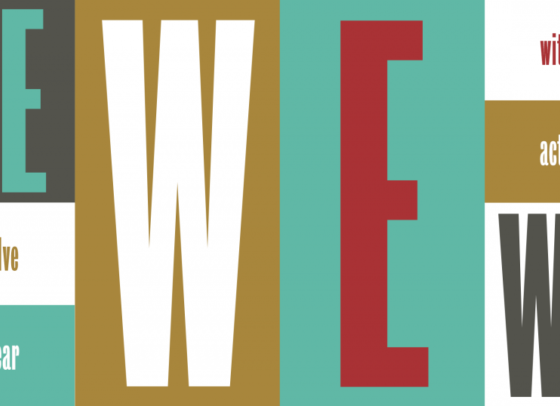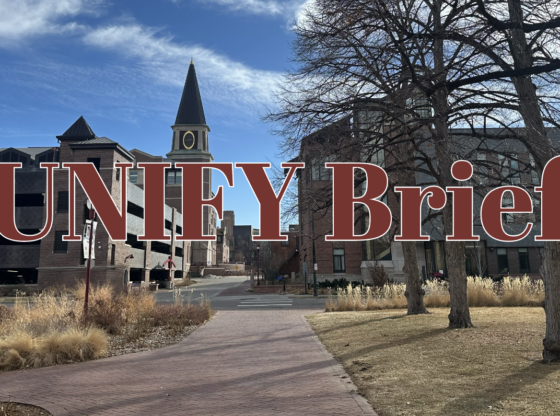Time and time again, storytelling has been proven to be an effective agent of change, and the participants of ODEI’s 2021 Diversity Summit are no stranger to its power. But sharing stories can be a complex and fraught process, especially for BIPOC whose stories carry the pain of past oppression.
On March 2, panelists gathered to discuss the value that storytelling can have for activism, as well as its shortcomings. Led by Dr. May Lin and Dr. Johnny Ramirez, both of whom work with the Interdisciplinary Research Institute for the Study of (in)Equality (IRISE), the programming gave insight into how storytelling can be used effectively in the future.
Lin explained, “In academia, an unfortunate reality is that facts alone don’t move [social issues] as much as we might think.”
As an academic herself, Lin has expressed frustration at the ineffectiveness of her own research as inspirational material. Nonetheless, she sees the value that stories can have, saying, “Some of the things that can really move people are stories—where we humanize folks and their emotion, where we speak to the heart and the mind.”
For Lin and the other panelists, this means using what is called the Public Narrative Framework. The framework includes three aspects of storytelling: the story of self, the story of us, and the story of now. By reckoning with collective and self-experience, a path to social progress is possible.
“This was a tool I used, not only to share stories about myself but to inspire others to action,” explained Lin, citing that the theories and hypotheticals proposed by academia often fall short when it comes to activism.
Though the Public Narrative Framework has obvious advantages for activism, it is not without its complications. One fear is that the stories BIPOC share detailing their struggle may be trivialized as though they were not immediate, lived experiences.
“When folks share their stories, it’s not just for entertainment,” said Dr. Ramirez. “These stories are powerful [and] sacred.”
Kiana Marsan, a third-year at DU, sees similar issues. “We want people of color to take agency and tell their own stories, but at the same time, there aren’t many of us in storytelling spaces,” explained Marsan. In consequence, the burden of storytelling can be unduly placed on people of color. They are forced to make gratuitous sacrifices if they wish for their voices to be heard.
DU’s status as a predominantly-white institution makes matters worse, as a select few shoulder the weight of social progress on their own.
“Storytelling is intertwined with tokenization,” continued Marsan, “At a certain point, that means you are giving a lot of yourself up to other people while not necessarily knowing how it will be received.”
The power dynamics and diversity of storytelling complicate the framework even more. Marissa Martinez Suarez, a first-year at DU, fears that people often project one person’s story onto a wider population, misconstruing representation.
“[You can’t] generalize one person’s story to an entire community,” she warned. The story of us and the story of self can overlap, but they should not be considered one and the same.”
The panelists echoed the need for two things: more support from privileged white allies and the inclusion of more BIPOC in the “storytelling spaces.” Both work hand in hand, but while the former speaks for itself, the ladder involves systematic change at institutions like DU.
Marsan referenced that in her Clarion series, “On the Margins at DU,” chief among the concerns of minoritized folk was the exclusive connotation of the Pioneer moniker. When speaking to marginalized groups, Marsan found that students “were all able to list example after example of how a school they were sacrificing time, money and self for was failing them.”
For students who find the sacrifice too much, they leave in search of a more welcoming community, and this exacerbates DU’s ongoing problem with retention.
“It gets disheartening to see people leave because they aren’t getting the support that they need,” said Suarez.
Mary Kudoadzi, a fourth-year student at DU, explained that assuming the role of student activist is out of a sense of duty for many people of color. “If not us, then who?” is the attitude Kudoadzi adopts when faced with detractors who misunderstand the necessity of her battle, proposing that it would be easier to leave.
“At what point in my life, will I be able to avoid discrimination?” asked Kudoadzi. If not for the work of students like Kudoadzi, these stories would cease to be told, allowing for those who need to hear them most to further misrepresent the story of us.
While the panelists remain steadfast in their dedication to sharing their stories, there is a clear call for allies who do not share the lived-experiences of marginalized affinity groups to open their ears and do the labor to seek out these stories. The story of now must be built collectively, so that the required reckoning and subsequent path forward may be traversed by all.











